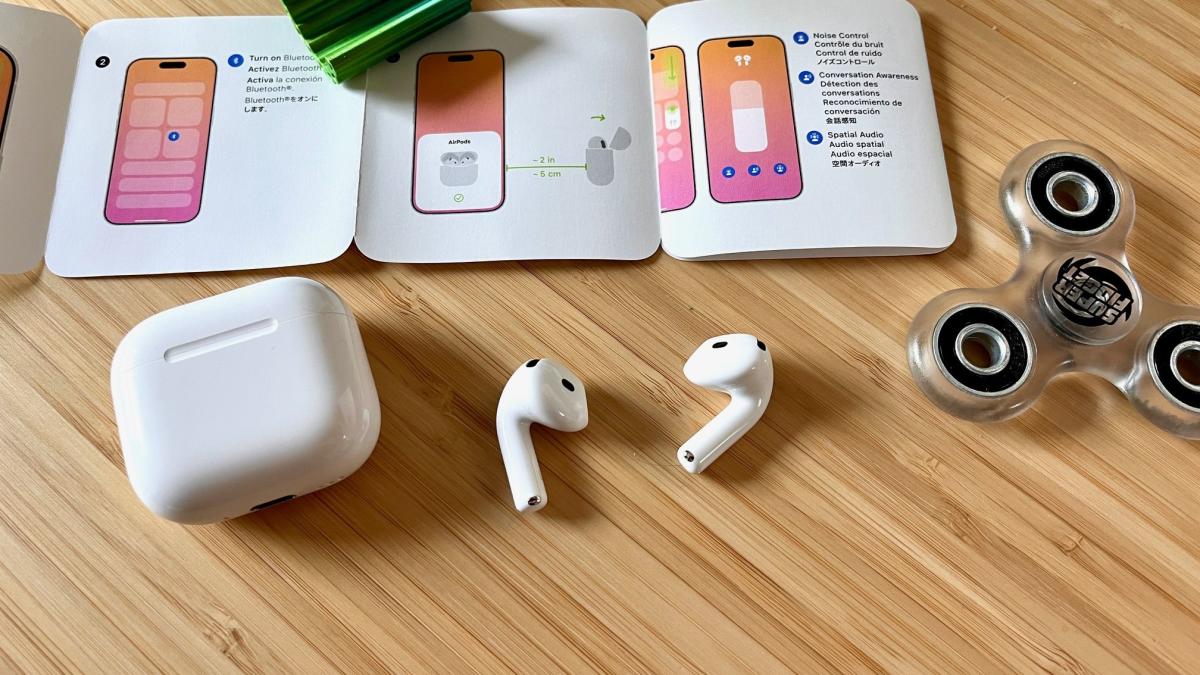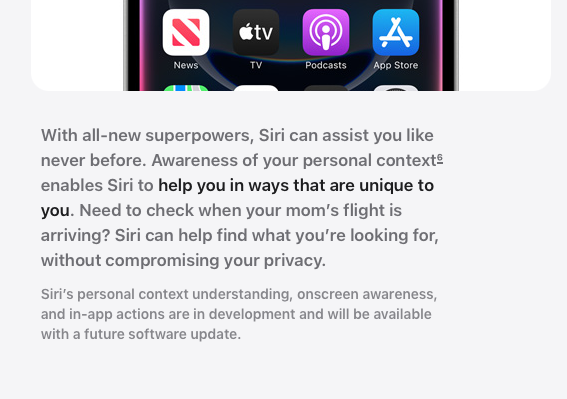Today, well-known leaker Sonny Dickson posted a picture of what he says is an early peek at a case made for Apple’s iPhone 17 Air. “If you didn’t hear about the Air model, you’d think this was for a Google Pixel,” he joked.
How Case Makers Get the Scoop
Companies that make phone cases often get a head start by teaming up with Apple or checking out production sites. By watching how things are made and studying early versions, they figure out what the new designs will look like. The iPhone 17 Air is set to have a fresh look with a wide, flat “camera bar” stretching across the top of its back. This style feels a bit like Google’s Pixel phones and shakes up the usual iPhone camera setup.
From leaked images, it looks like this camera bar will hold just one back camera on the left, with a flash way over on the right. The design is simple and clean, matching the iPhone 17 Air’s super-slim body, which is said to be about 5.5mm thick.
What the Case RevealsEven with its simple style, the case hints at cool features like MagSafe, an Action button, and a new Camera Control button. You can see a spot for this button on the lower left side of the case in Dickson’s photo. A recent report and some fake models shared earlier by Dickson also back up this detail.
The iPhone 17 Air is expected to come with a 6.6-inch screen that refreshes fast at 120Hz, a Dynamic Island, a regular A19 chip (not the Pro version), a sharp 48-megapixel camera, Apple’s own C1 modem, and no slot for a physical SIM card anywhere in the world. Like always, Apple will likely show off its new iPhones around mid-September.





